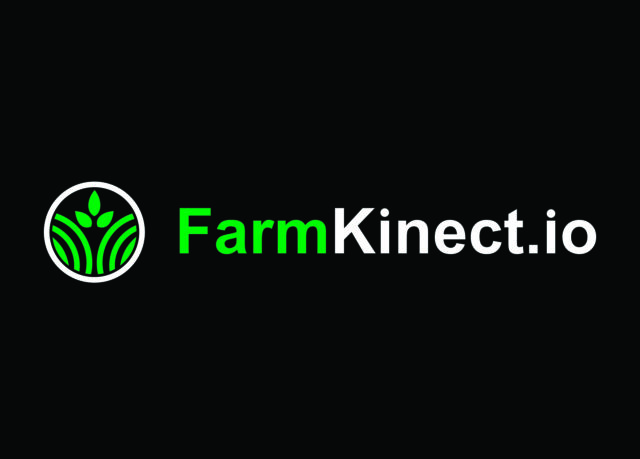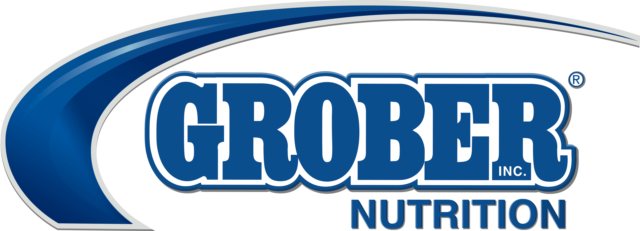1. It doesn’t have to be perfect
I’ve been a dairy journalist for almost 14 years. In that time, I’ve attended at least 100 seminars or workshops, interviewed experts from around the world and read thousands of articles. I can likely tell you the perfect way to raise a calf.
At the same time, I’ve sat around enough kitchen tables and barn offices talking to dairy producers to know you have to work with the cards you’ve been dealt, and they won’t always be the perfect combination.
In my first-hand experience, I don’t have many cards from the top of the deck. They are more from the middle to bottom of the stack. Regardless, we’ve been able to play the game well enough to sell a couple hundred Holstein feeder steers and get a decent price more days than not. It works, even if it isn’t perfect.
2. Quality over quantity
In year one, we thought it was appropriate to make the best use of our facilities. The more calves we raised, the more we could sell. We are set up to have 40 calves on milk and 20 weaned calves.
When used in that way, the barn could only hold calves until they were 10 to 12 weeks old. We were putting in expensive groceries (milk) and selling the calves long before we could see gains from less expensive feed (hay and starter).
For the second year, we decided to raise fewer calves for a longer amount of time. It turned out to be a smart move. The time we had to spend on raising calves was better focused and it resulted in better profits.
3. There will be sick calves
No matter how many steps you take to prevent illness, it still happens. I don’t like seeing a calf get sick, and I like it even less when we lose a calf. I always question what happened and what could have been done differently. I realize illness in living creatures is inevitable, but I don’t know if I will ever be able to accept that for an answer.
4. Dehorning isn’t fun
Dehorning calves is the job I despise the most. On our farm, it requires two people. If we’re both in the barn, our kids are there too. There’s nothing like trying to calmly work with livestock while your 2-year-old is running and yelling in front of the pen.
Therefore, we tend to put off dehorning until we have to get it done; thus making the process even worse because now the calves are bigger and harder to handle.
Every time we dehorn calves, I can’t help but think of polled genetics and wonder why there wasn’t widespread adoption of this gene long ago. It sure would make my life easier now.
5. There is always more to learn
With two years of experience under our belts, we know there is still more to be learned. Like I said, I’ve read thousands of articles, but when reading through the articles in this issue, I still picked up a few new thoughts and ideas on how to improve how we raise calves. I hope they are of help to you, too.
If calves aren’t your interest, maybe some of the other articles from management and herd health to manure handling and seeding alfalfa will appeal to you. Happy reading! PD

- Karen Lee
- Editor
- Progressive Dairyman








